How can timing influence planetary formation and evolution? This is what a recent study published in The Astrophysical Journal Letters hopes to address as | Space
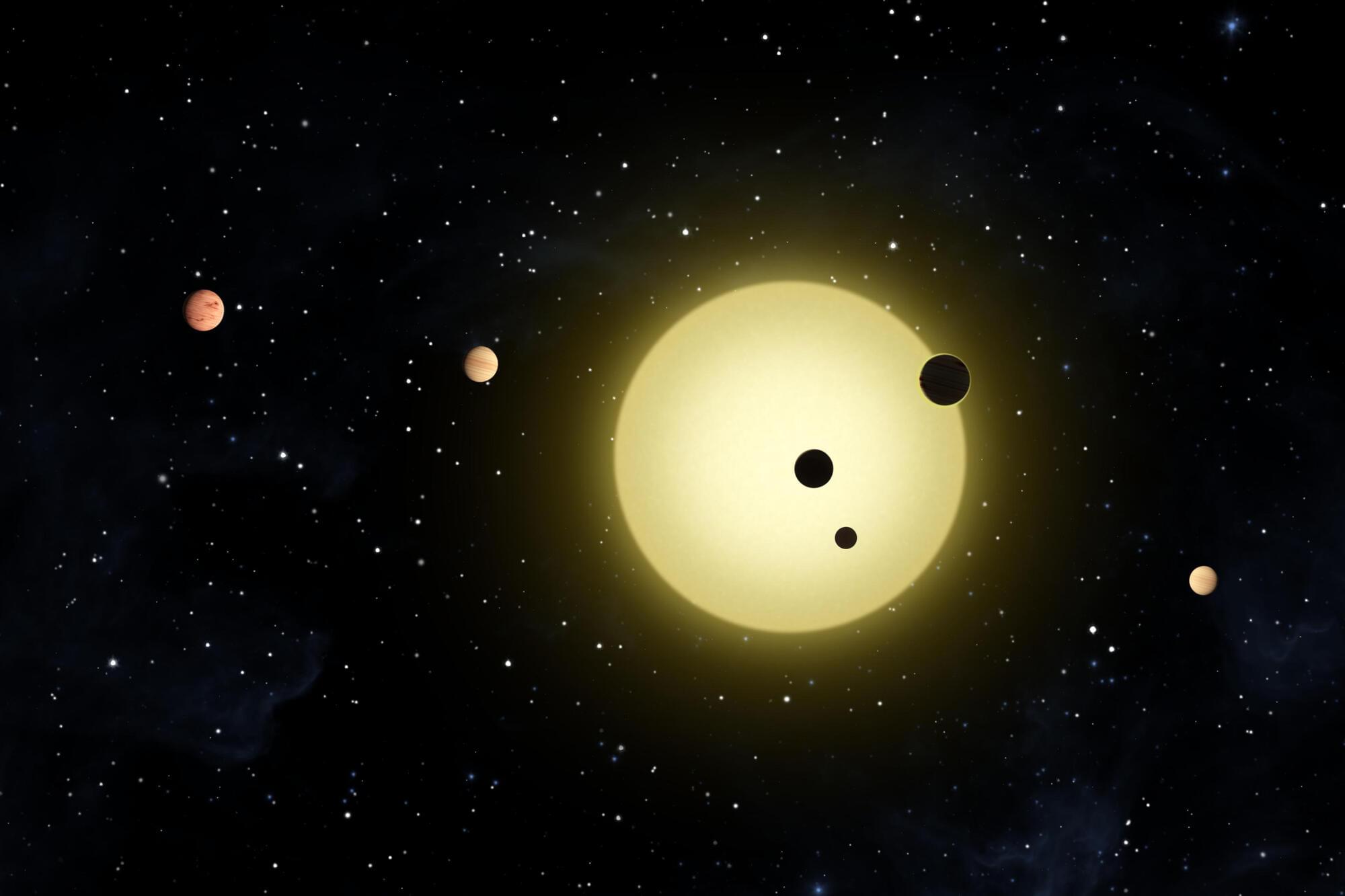

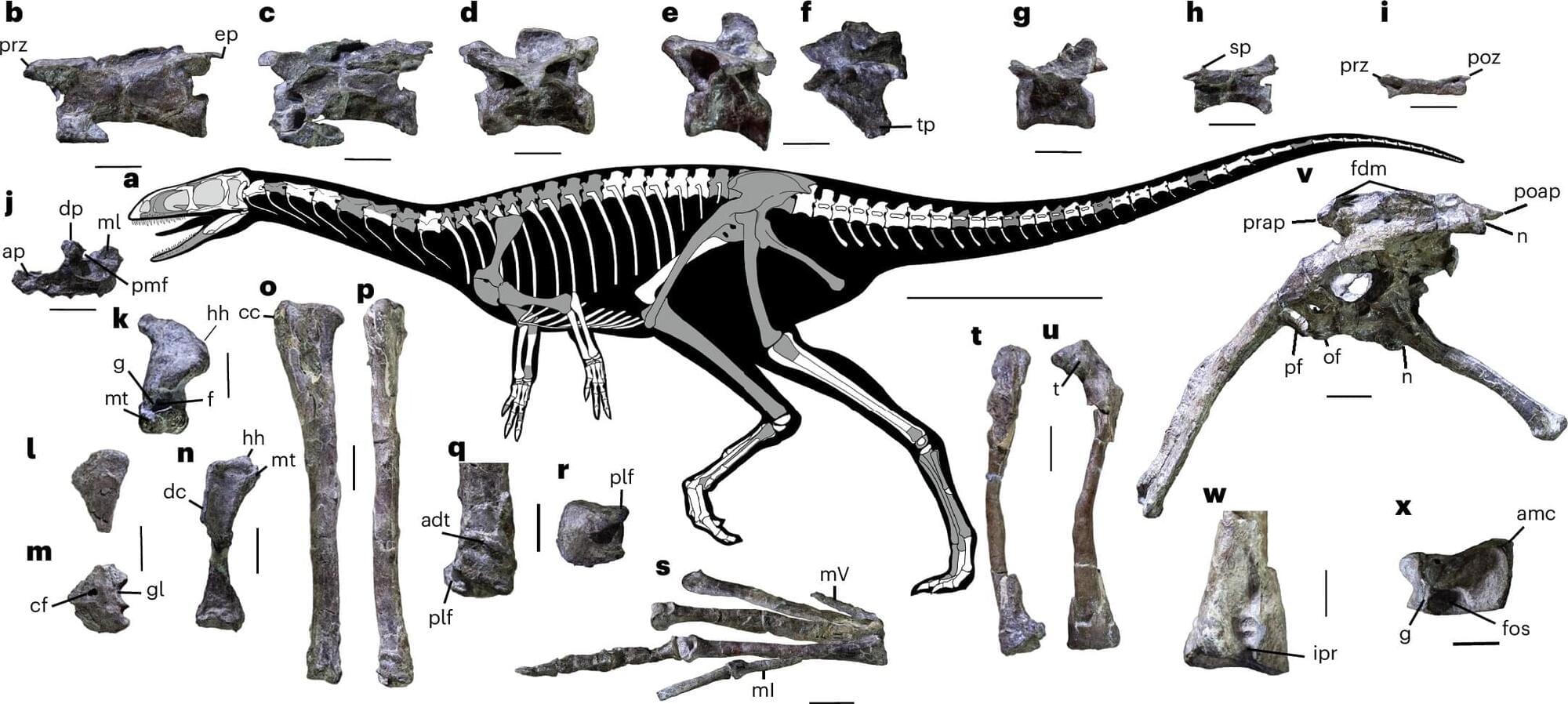

In recognition of Breast Cancer Awareness Month, join us for a live webinar to uncover the complexity of tumor biology and the surprising resilience of normal tissue. This event will feature two expert-led presentations: one demonstrating how protein multiplexing and quantitative imaging uncover the hidden heterogeneity of breast tumors, and another examining how natural tissue remodeling can both suppress and influence oncogenic transformation. A live discussion and Q&A session will follow, giving you the opportunity to engage directly with leading researchers and gain valuable insights to improve cancer diagnosis, guide therapy decisions, and inform prevention strategies. All sessions will be available on demand, allowing flexible access for continued learning and engagement.
Featured Talks:
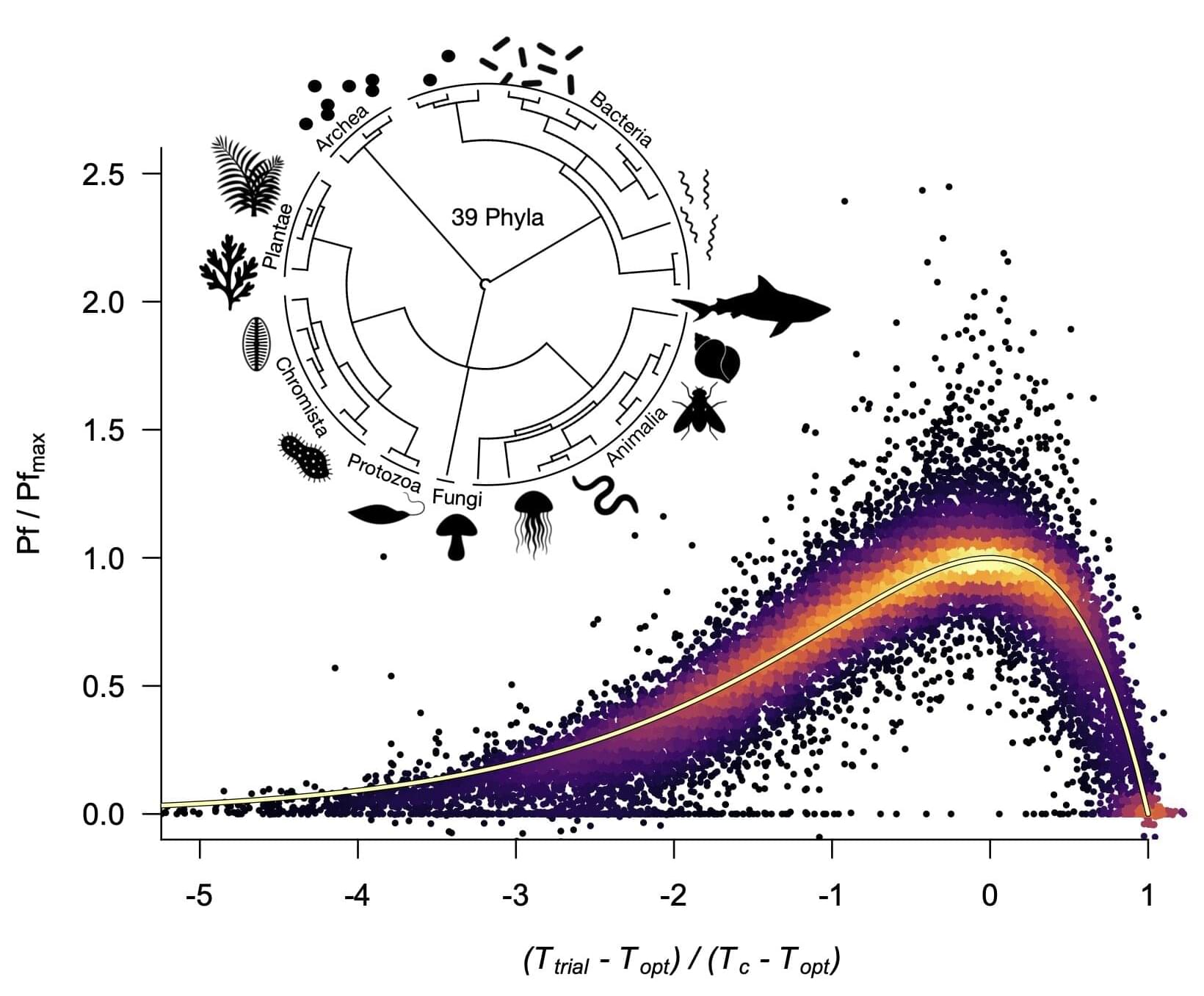
Scientists from Trinity College Dublin have unearthed a universal thermal performance curve (UTPC) that seemingly applies to all species and dictates their responses to temperature change. This UTPC essentially shackles evolution as no species seem to have broken free from the constraints it imposes on how temperature affects performance.
All living things are affected by temperature, but the newly discovered UTPC unifies tens of thousands of seemingly different curves that explain how well species work at different temperatures. And not only does the UTPC seem to apply to all species, but also to all measures of their performance with regard to temperature variation—whether measuring lizards running on a treadmill, sharks swimming in the ocean, or recording cell division rates in bacteria.
Crucially, the new UTPC shows that as all organisms warm, performance slowly increases until they reach an optimum (where performance is greatest), but then, with further warming, performance quickly declines.

A new study led by UNLV scientists sheds light on how planets, including Earth, formed in our galaxy—and why the life and death of nearby stars are an important piece of the puzzle.
In a paper published in the Astrophysical Journal Letters, researchers at UNLV, in collaboration with scientists from the Open University of Israel, for the first time, modeled details about how the timing of planet formation in the history of the galaxy affects planetary composition and density. The paper is titled “Effect of Galactic Chemical Evolution on Exoplanet Properties.”
“Materials that go into making planets are formed inside of stars that have different lifetimes,” says Jason Steffen, associate professor with the UNLV Department of Physics and Astronomy and the paper’s lead author.


The genus Tobamovirus belongs to the family Virgaviridae, and the genome consists of monopartite, positive, single-strand RNA. Most species contain four open reading frames encoding four essential proteins. Transmission occurs primarily through mechanical contact between plants, and in some cases, via seed dispersal. Tobamovirus fructirugosum (tomato brown rugose fruit virus, ToBRFV), the most recently described species in the genus, was first reported in 2015. It overcame genetic resistance that had been effective in tomato for sixty years, causing devastating losses in tomato production worldwide, and highlights the importance of understanding Tobamovirus genomic variation and evolution. In this study, we measured and characterized nucleotide variation for the entire genome and for all species in the genus Tobamovirus.
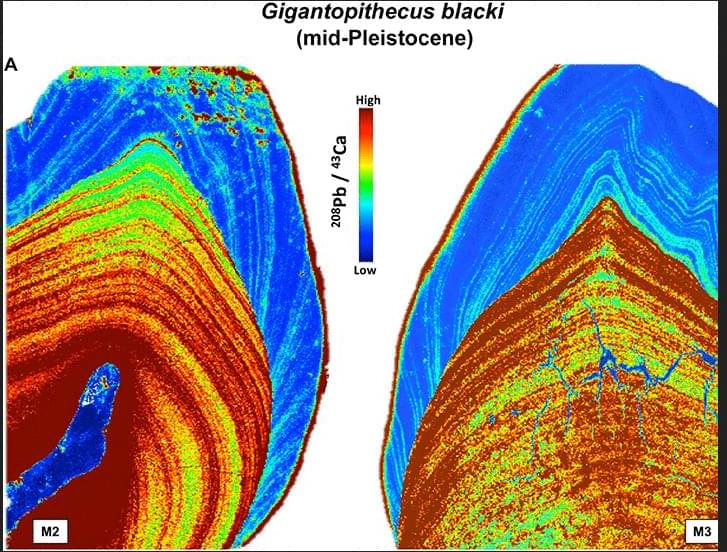

Why is the universe expanding at an ever-increasing rate? This is one of the most exciting yet unresolved questions in modern physics. Because it cannot be fully answered using our current physical worldview, researchers assume the existence of a mysterious “dark energy.” However, its origin remains unclear to this day.
An international research team from the Center for Applied Space Technology and Microgravity (ZARM) at the University of Bremen and the Transylvanian University of Brașov in Romania has come to the conclusion that the expansion of the universe can be explained—at least in part—without dark energy.
In physics, the evolution of the universe has so far been described by the general theory of relativity and the so-called Friedmann equations. However, in order to explain the observed expansion of the universe on this basis, an additional “dark energy term” must be manually added to the equations.
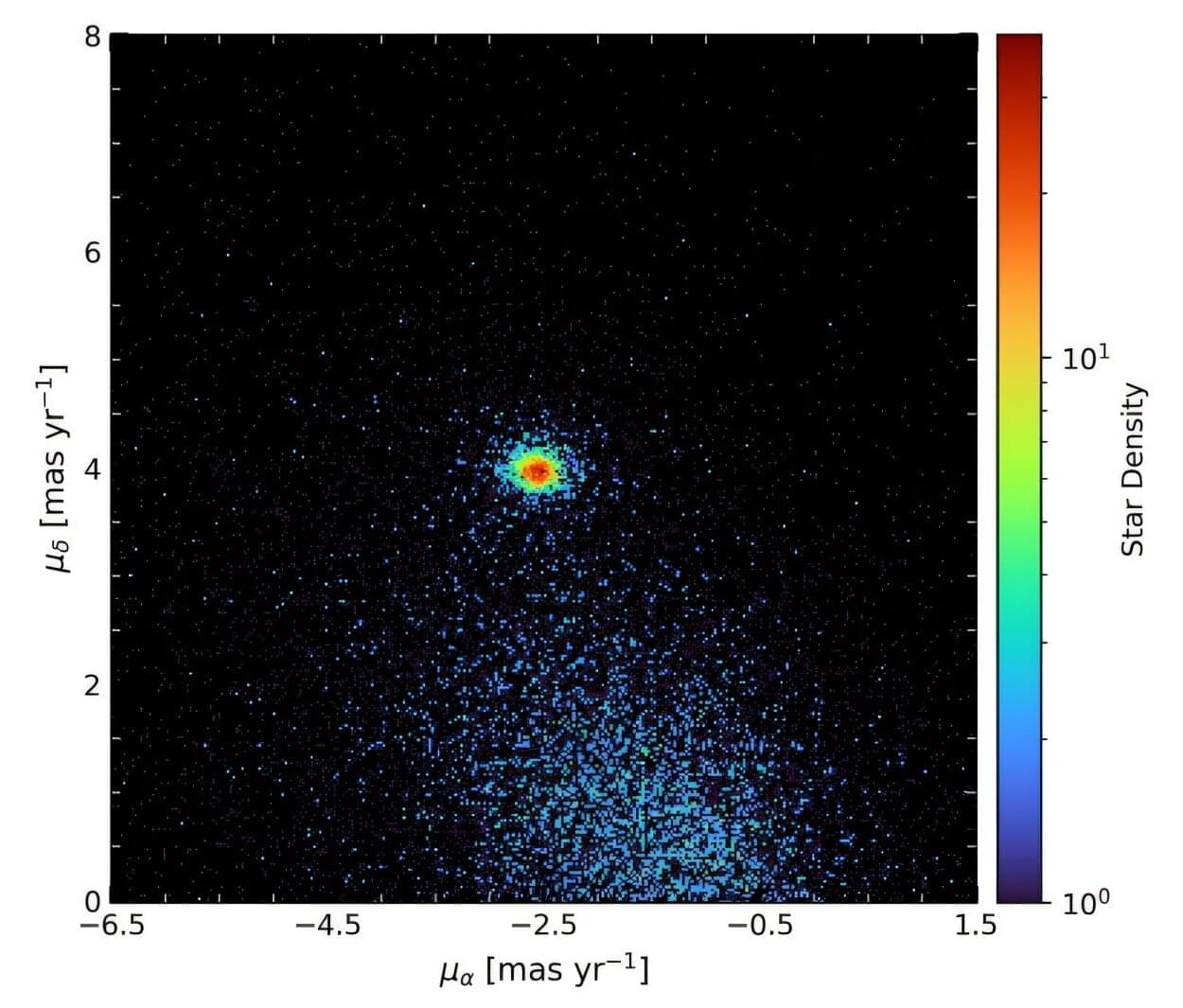
Using ESA’s Gaia satellite and NASA’s Transiting Exoplanet Survey Satellite (TESS), astronomers from the Ege University in Turkey and elsewhere have observed a galactic open cluster known as NGC 2506. Results of the observational campaign, published October 7 on the arXiv pre-print server, put more constraints on the properties of this cluster.
In general, groups of stars formed from the same giant molecular cloud and loosely gravitationally bound to each other are known as open clusters (OCs). Inspecting galactic OCs in detail could be crucial for improving our understanding of the formation and evolution of our Milky Way galaxy.
NGC 2,506 is a mildly-elongated OC estimated to be located some 12,700 light years away, near the galactic anti-center. It is a well-populated, metal-poor, intermediate-age cluster with a radius of about 18.5 light years.